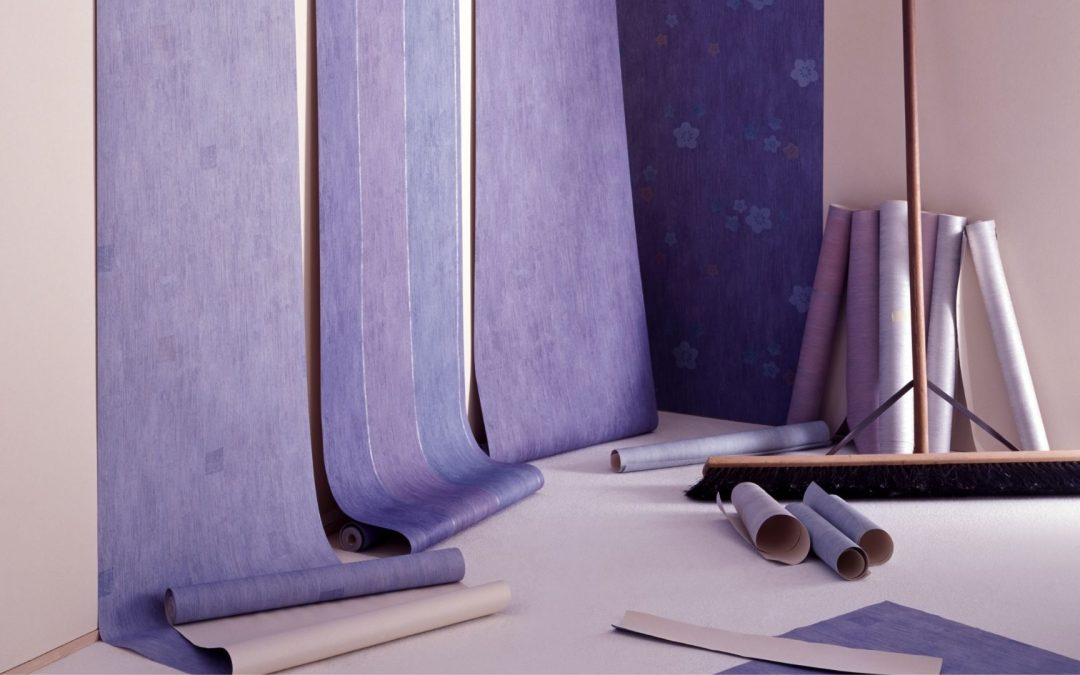Wallpaper can add charm and personality to any room, transforming dull walls into stunning focal points. However, despite its aesthetic appeal, hanging wallpaper can be a challenging task, often leading to mistakes that can detract from the overall look of your space. From misaligned patterns to air bubbles and tears, fixing wallpaper mistakes requires patience, skill, and the right techniques. In this article, we’ll explore common wallpaper mistakes and provide practical solutions for correcting them, ensuring a flawless finish every time.
Wallpaper has long been a popular choice for interior design enthusiasts, offering endless possibilities for enhancing the look and feel of a room. Whether you prefer bold patterns, subtle textures, or vibrant colors, wallpaper allows you to express your style and create a unique ambiance in any space. However, achieving a perfect result when hanging wallpaper requires careful planning and execution. Even the smallest mistake can mar the final outcome, leaving you frustrated and disappointed. In the following sections, we’ll discuss some of the most common wallpaper mistakes and how to fix them effectively.
Not enough wallpaper ideas or a bad wallpaper
” I hate my wallpaper…” My customers often say this during the first conversation on the phone when I call for a quote. 1(904)217-9681
One of the most common mistakes homeowners make is selecting the wrong type of wallpaper for their project. With numerous options available, including prepasted, vinyl, fabric, and paper-based wallpapers, it’s essential to choose a material that suits the specific requirements of your space. For instance, vinyl wallpaper is ideal for high-moisture areas like bathrooms and kitchens, while fabric wallpaper adds warmth and texture to living rooms and bedrooms.
Spoiled wallpaper – Incorrect measurement and cutting
Poor measurement and cutting can lead to wastage of wallpaper and result in unsightly seams and gaps. Before starting your project, take accurate measurements of the walls and account for pattern repeats and matching. Use a sharp utility knife and a straightedge to make precise cuts, ensuring clean edges and seamless transitions between strips.
Is it hard to hang wallpaper
Neglecting proper wall preparation is another common mistake that can affect the adhesion and longevity of your wallpaper. Preparation is necessary whether I am going to paint or wallpaper. It is not enough to know how to do wallpapering on the wall. Before hanging wallpaper, it’s crucial to clean the walls thoroughly, removing any dirt, dust, or grease that could prevent the adhesive from bonding properly. Additionally, smooth out any imperfections in the wall surface and apply a suitable primer to promote better adhesion and prevent peeling.
Stopping wallpaper mid wall
Achieving perfect alignment and pattern matching is essential for a professional-looking wallpaper installation. However, inexperienced DIYers often struggle with this aspect of the process, resulting in misaligned patterns and visible seams. To avoid this mistake, take your time to carefully align each strip of wallpaper, matching the patterns seamlessly for a cohesive look.
Assessing the problems
Before attempting to fix any wallpaper mistakes, it’s essential to assess the extent of the damage. It is not certain that difficult wallpaper removal is the only solution. Take a close look at the affected areas, noting any tears, bubbles, or misaligned patterns. Understanding the nature of the problem will help you determine the most appropriate course of action for repair.
For small tears and bubbles in the wallpaper, you can use a sharp utility knife to carefully cut around the damaged area and apply a small amount of wallpaper adhesive behind the flap. Press the flap back into place and smooth out any air bubbles with a wallpaper roller or squeegee.
If you’ve encountered misaligned patterns or seams, gently lift the edges of the overlapping strips and realign them to match the pattern correctly. Use a seam roller to press the edges firmly into place, ensuring a seamless transition between strips.
To remove air bubbles trapped beneath the wallpaper, use a utility knife to make a small slit in the bubble. Then, gently smooth out the air towards the slit using a wallpaper roller or squeegee until the bubble disappears.
If you’ve applied too much adhesive during installation, causing it to seep out from the seams, use a damp sponge or cloth to wipe away the excess adhesive before it dries. Be careful not to oversaturate the wallpaper, as this can cause damage to the surface.
Tips for preventing wallpaper errors
Take the time to properly prepare the walls before applying the wallpaper to ensure a clean, smooth surface for optimal adhesion. Measure twice and cut once to avoid losing wallpaper and ensure accurate alignment and pattern matching. Invest in high-quality tools and materials, including sharp knives, straight edges, and wallpaper rollers for a professional finish.
If you’re not sure you can handle a wallpaper project yourself, don’t hesitate to get professional help from experienced installers. They can provide expert advice and ensure flawless results. Wallpapering crooked and ruin walls is a particularly difficult task, you should definitely leave this to a professional!
My team and I are available in Saint Augustine, Florida. With great experience, we work quickly and beautifully! Feel free to call me: 1(904)217-9681
Check out our services and reference works: hang wallpaper – interior painting
Fixing mistakes requires attention to detail, patience, and the right techniques. By addressing common issues such as misaligned patterns, tears, and bubbles promptly and effectively, you can achieve a flawless finish that enhances the beauty of your space.
Remember to take the time to properly prepare your walls and use high-quality materials and tools for the best results. With these tips in mind, you can enjoy the transformative power of wallpaper without the frustration of common installation errors.
FAQs:
- Can I reposition wallpaper once it’s been applied? While some wallpapers allow for repositioning during installation, it’s best to follow the manufacturer’s instructions for optimal results.
- How can I prevent wallpaper seams from showing? Proper alignment and pattern matching, along with careful smoothing during installation, can help minimize the visibility of seams.
- What should I do if my wallpaper starts peeling? Use a small brush or roller to apply wallpaper adhesive behind the loose edges, then press them firmly back into place.
- Is it necessary to prime walls before hanging wallpaper? Priming walls helps promote better adhesion and prevents the wallpaper from peeling over time, making it a worthwhile step in the preparation process.
- Can I wallpaper over existing wallpaper? While it’s possible to wallpaper over existing wallpaper in some cases, it’s generally recommended to remove the old wallpaper for a smoother, more durable finish.
- Can I start wallpapering from a corner? Yes, starting wallpapering from a corner is a common practice. It helps ensure proper alignment and allows for easier pattern matching along adjacent walls.
Falling down wallpaper… What should I do? – If your wallpaper is falling down, you can fix it by applying wallpaper adhesive behind the loose edges and pressing them firmly back into place. Use a brush or roller for even application.
For more painting and home renovation advice, read more on the blog:


